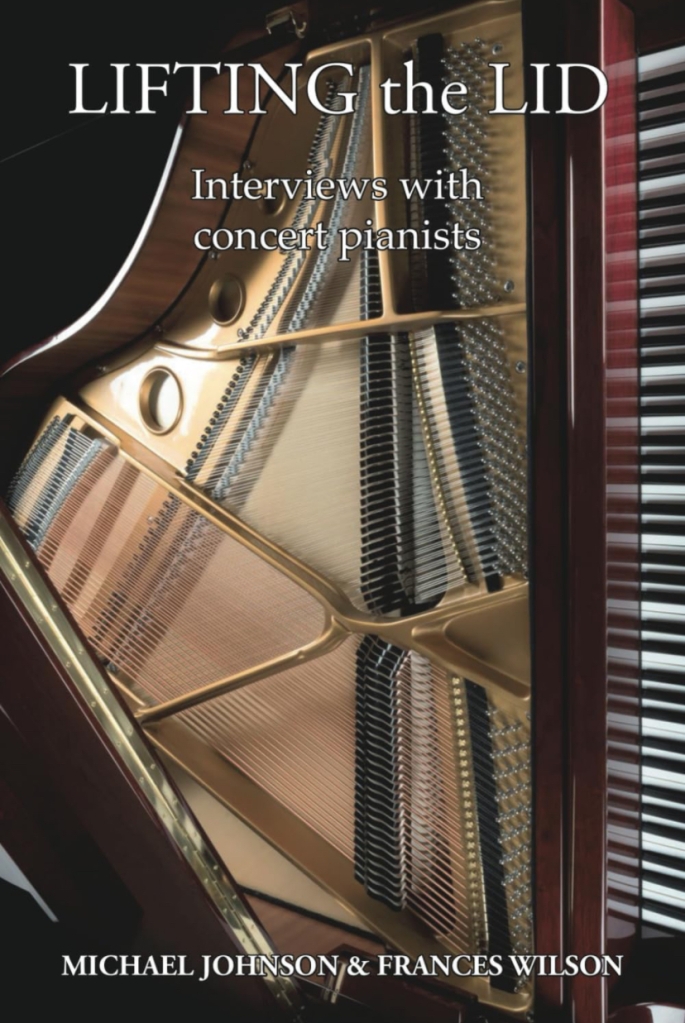A recent article by Musical Toronto questions the need to attach or associate pictures and images with music when we hear it in order for us to appreciate it better. The author cites a concert he attended where he was asked afterwards what images the music had conjured up for him. The author admitted that the music had not conjured up any images in his mind and that in fact he had been focusing on the structure, the harmonies, the shaping of phrases.
Listening to music is a highly personal and subjective experience, one from which we each gain our own pleasure, emotional stimulation, agony and ecstasy. People with a very visual imagination will perhaps more easily make associations between music and imagery, but this still remains a personal response to the music, and one person’s “pictorial” response to, say, Chopin’s Third Ballade will be quite different from another’s.
I tend to respond to music in visual terms, and I think this is probably linked to my synaesthesia which means when I hear and play music I associate colours with it. These colours are unchanging, regardless of the genre of music, the method of delivery (live or on disc) and so forth. For me, D Major is always royal blue, no matter whether it’s a work by Mozart or Stravinsky.
Of course sometimes composers give us visual cues in the titles of their works, the most obvious being Mussorgsky’s Pictures at an Exhibition, a suite of pieces inspired by actual illustrations by the composer’s friend Viktor Hartmann, or Debussy’s Estampes, which evokes images one might see as fine art prints. But in both cases, the composer is not trying to impose his own view on the listener and it is simplistic to believe this is the case. Instead, the music and its titles are there simply to stimulate the imagination through the use of distinct soundworlds which evoke, for example, Japanese pagodas or the bustle of a market place. But if these works had no titles, or one did not know the titles in advance, would the listener create the same images as the composer intended? That of course is in no small part down to the musician’s ability to transmit and interpret what is in the score to the listener.
I use visual cues a lot in my teaching, but I do not impose my “image” of a particular piece on my students. Instead, I ask them to describe what the music evokes for them. Often pieces have descriptive titles which makes this exercise very easy, but it is always interesting when I am teaching the same piece to several students, for each will come up with a very personal picture or story for the piece. For some, this is a relatively straightforward exercise, and one which they enter into with enthusiasm, creating all sorts of wonderful, varied and sometimes unexpected images which can then be used to fuel the imagination and assist in shaping the music to create a vibrant and expressive performance. For others, it seems a mystifying exercise and in this case we explore other ideas, such as “how does this music make you feel?” or “what do you think this music is about?”.
Earlier this year, the National Gallery in London organised an exhibition called Soundscapes in which leading contemporary musicians and sound artists, including Nico Muhly, composed new works inspired by paintings from the collection. The concept was very imaginative (!), in principle, but in practice such responses are always going to be deeply personal because by necessity the sound artist or composer is stating “this is what this painting says to me personally“. (What might have been more interesting would be to have several composers respond to the same picture.) It ties in neatly with John Terauds of Musical Toronto’s problem with being asked to state what images the music inspired in him. Not everyone is going to be able, or wish to associate visual images with particular pieces of music. And just as sometimes we would like to simply look at the picture, so we wish also to simply listen to the music.
Read the Musical Toronto article here





